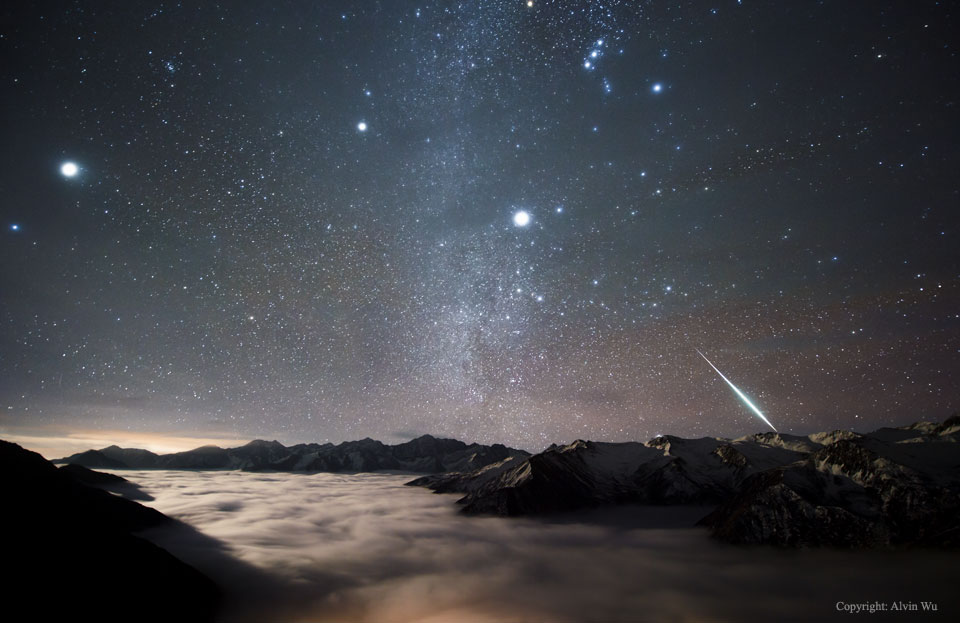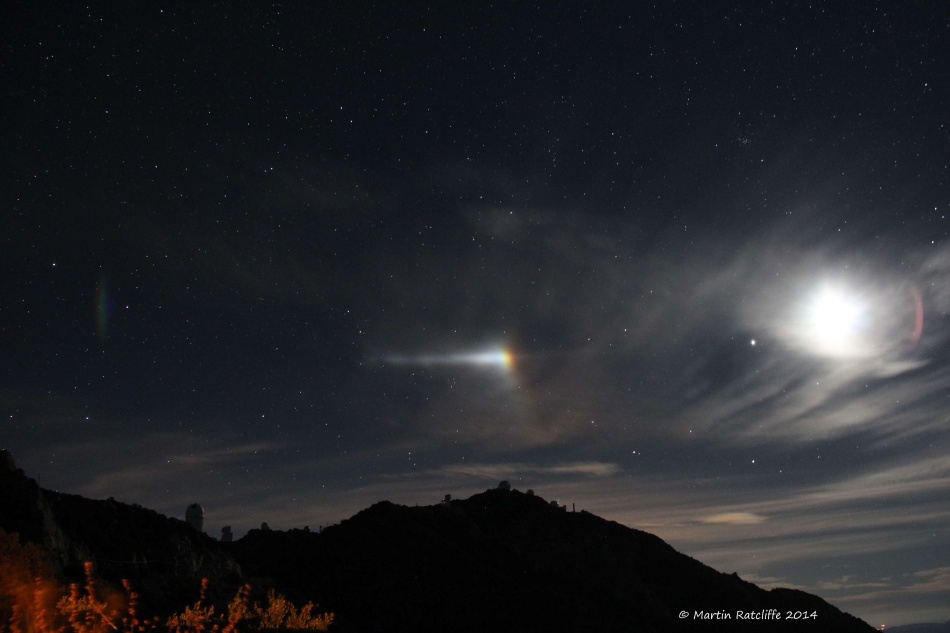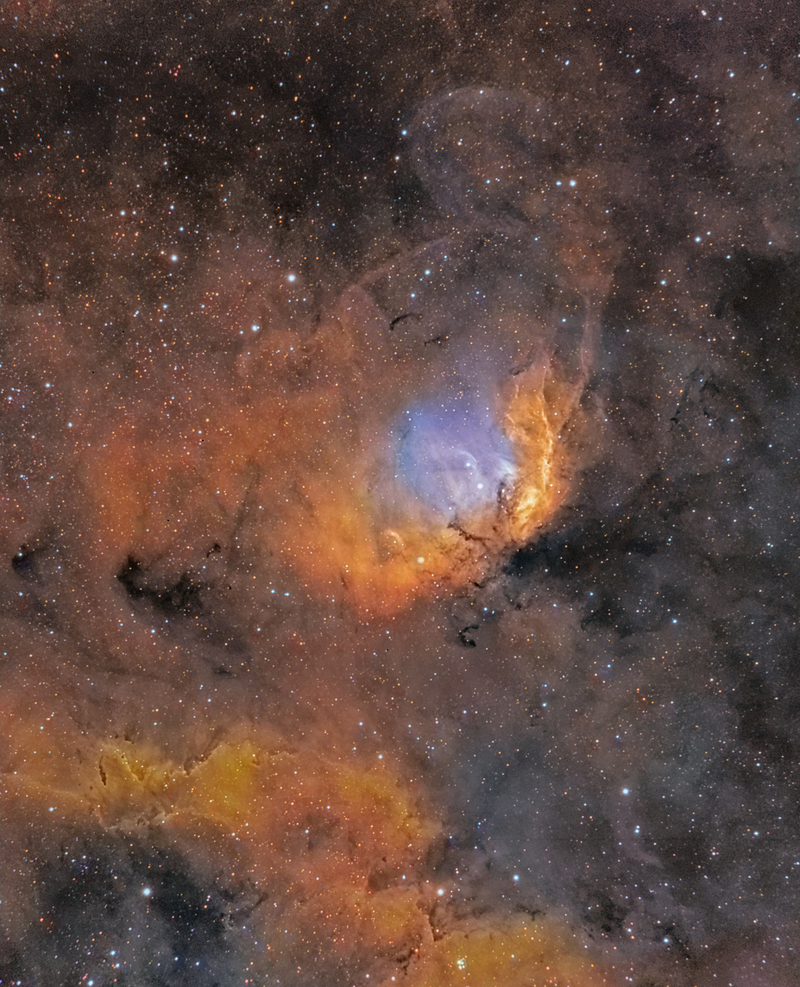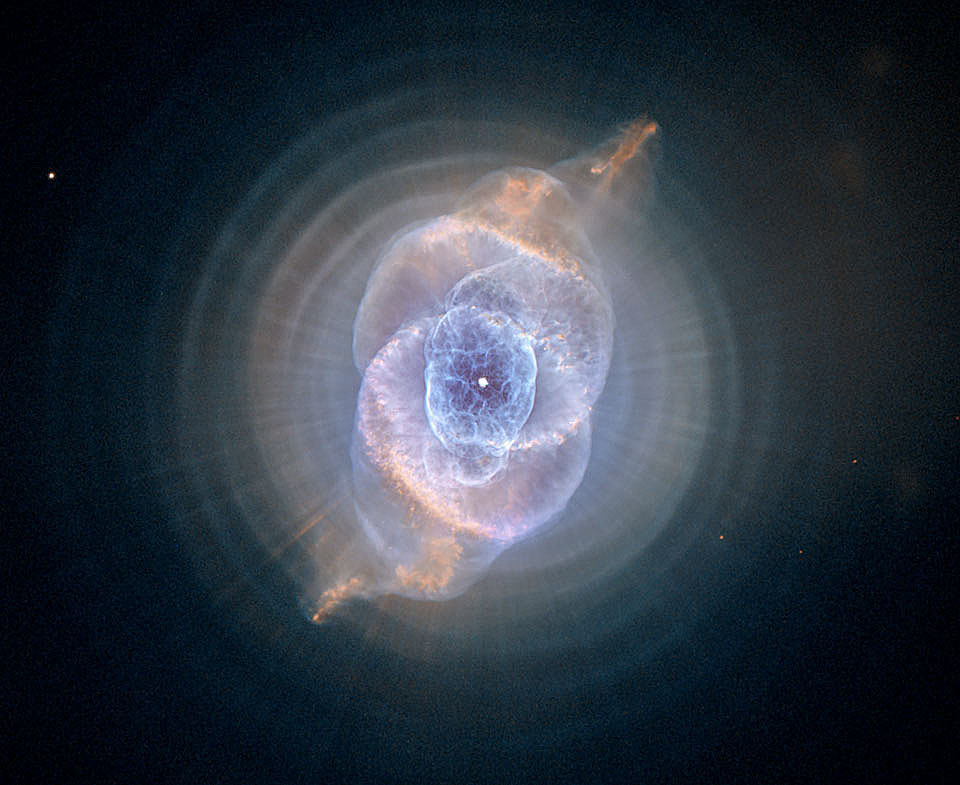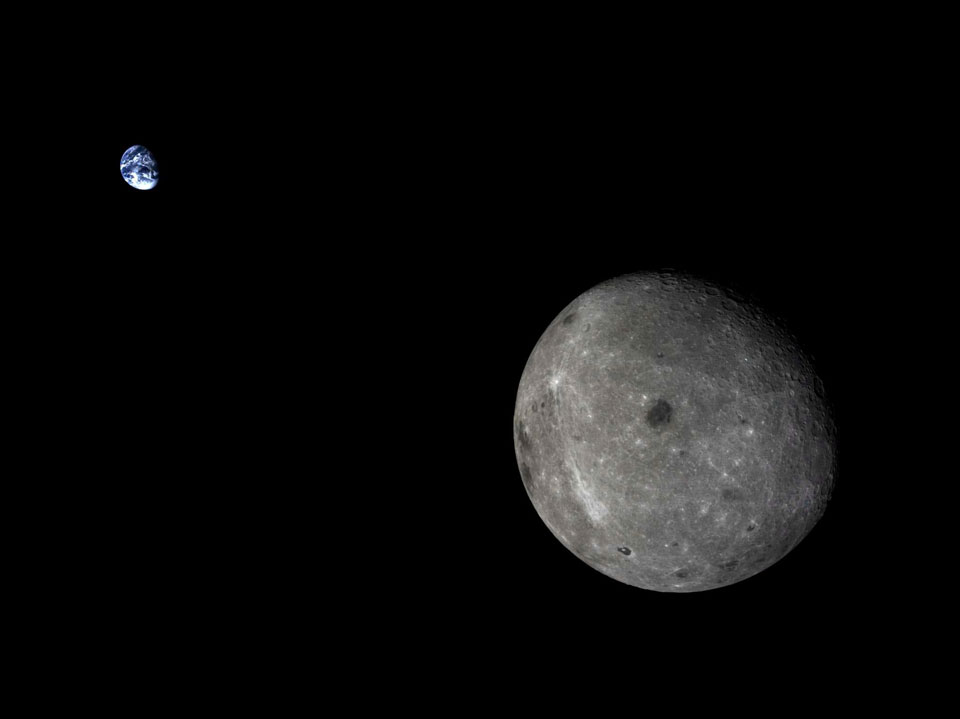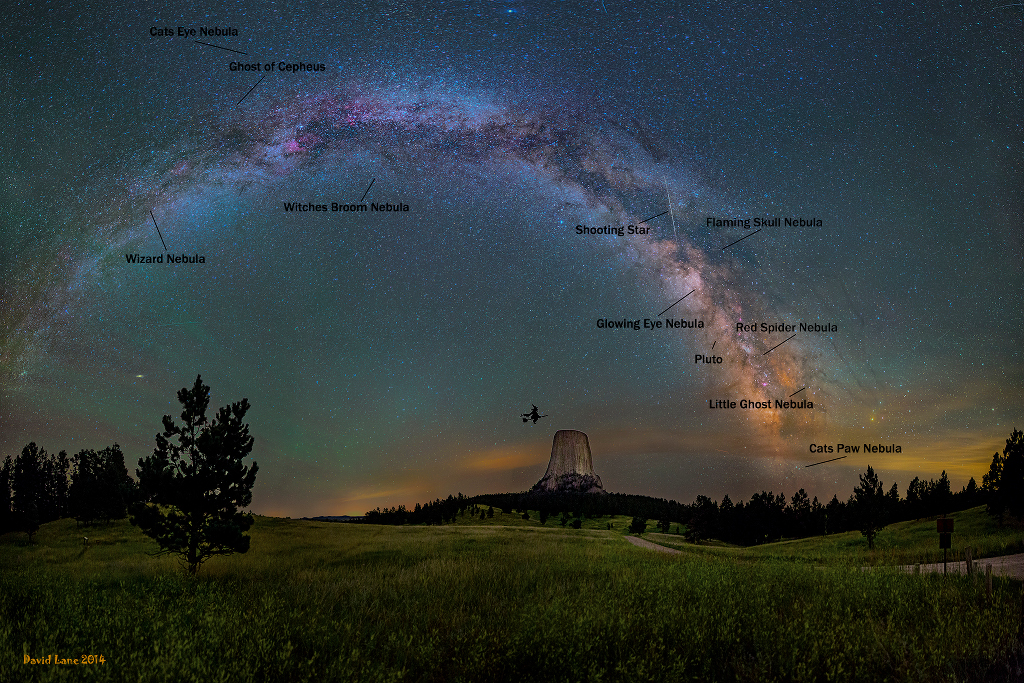Apollonius
of Perga was a Greek astronomer and geometer from 262 BC - 190 BC who immensely
contributed to the geometry aspect of astronomy. Not only is Apollonius most noted for his
works on conic sections, but he is also the man who gives names to the conic
sections – hence his nickname “The Great Geometer”. Parabolas, hyperbolas, and ellipses, all imperative
to both astronomy and geometry, were named by him. The idea of using eccentric orbits to explain
the motion of the planets and the speed of the Moon is also credited to him. Very well-known future astronomers such as
Isaac Newton, Johannes Kepler, and Ptolemy were all greatly influenced by his
works. Additionally, Apollonius is known
for studying lunar history. For this he
is referred to as Epsilon and a crater on the moon has been named after
him.
 |
| Some of Apollonius' works. |
Apollonius was born in Perga,
Pamphylia, Greek Ionia which is now Murtina, Antalya, Turkey and died in
Alexandria, Egypt. During his time
growing up in Perga, he was surrounded by strong culture including worshipping
the nature goddess, Queen Artemis. Later
on, he moved to Alexandria, Egypt where he studied under Euclid, a successful geometer. Euclid is one of the few people Apollonius
credited for all of his discoveries.
There is not much knowledge of Apollonius' life - in fact is not even certain if he was really born in 262 BC. The main concept he is remembered for is his contributions to the geometric aspect of astronomy with his conic sections.
Similarly, Hipparchus of Nicaea was an
astounding Greek geometer, mathematician, geographer, and astronomer. He is referred to as the founder of trigonometry
and is famous for his discovery of the precession of the equinoxes. There is much more knowledge on Hipparchus
than Apollonius.
Hipparchus
is thought to be the first to calculate a heliocentric system, but he gave up
on his work because the calculations showed the orbits were not perfectly
circular - as that was the only belief at that time. Through his observations and mathematical methods
developed by the Babylonians, he was the first to create accurate models for
the motion of the Sun and Moon in addition to his creation of trigonometry,
trigonometric tables, and a reliable technique that facilitates predictions of
eclipses.
Additionally, he
discovered and measured the Earth’s precession.
The Earth’s precession is caused by the gravitational force from the Sun
and the Moon on the Earth. Essentially this involves how the Earth is very
slowly spinning, like that of a top, on its axis. Hipparchus estimated that the Earth rotates 1
degree every century, which is extremely close to the present-day theory of
Earth rotating on its axis by 1.38 degrees every century.
The Babylonians played
a large role of influence in Hipparchus’ works.
He used Babylonian units of measure (ex: the pechus). It is also noted that Ptolemy gave reason to believe
Hipparchus was very much influenced by the Babylonians. Hipparchus was able to confirm his eclipse
predictions by comparing them to Babylonian records from 345 years before.
Hipparchus’ lunar
studies contributed to the present day knowledge of synodic days, which is the
amount of time it takes for a planet to rotate once. For Earth, the synodic day is 24 hours long. The synodic day is distinguished from the
sidereal day, which is one
complete rotation in regards to stars.
Hipparchus’ and
Apollonius’ contributions to astronomy and mathematics were absolutely astonishing
and incredibly influential. Their
discoveries influenced some of the most famous astronomers over time.
